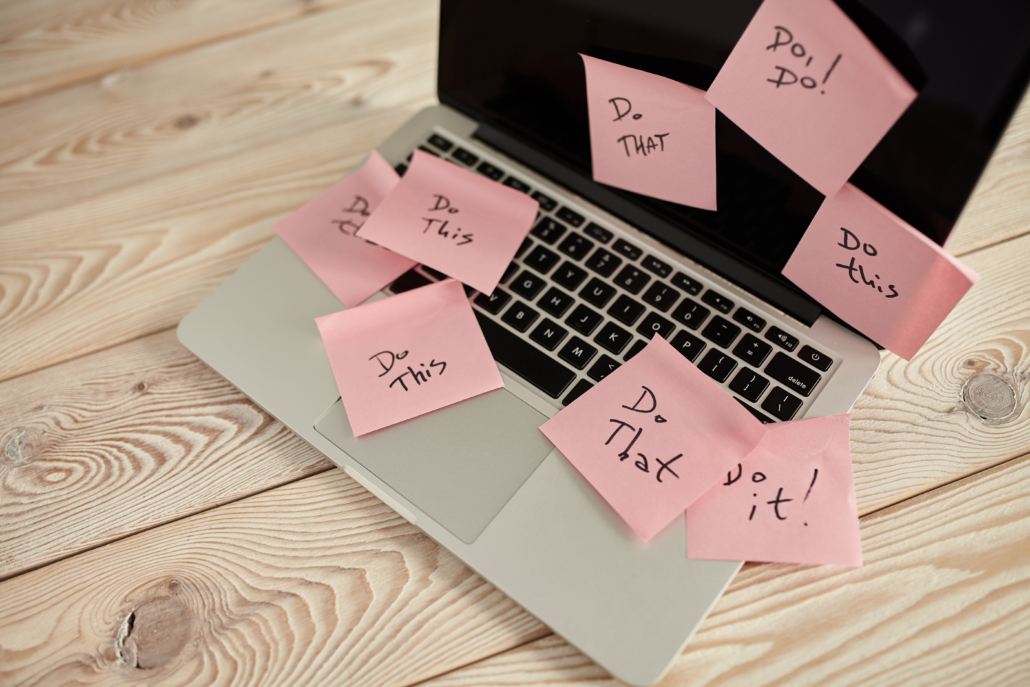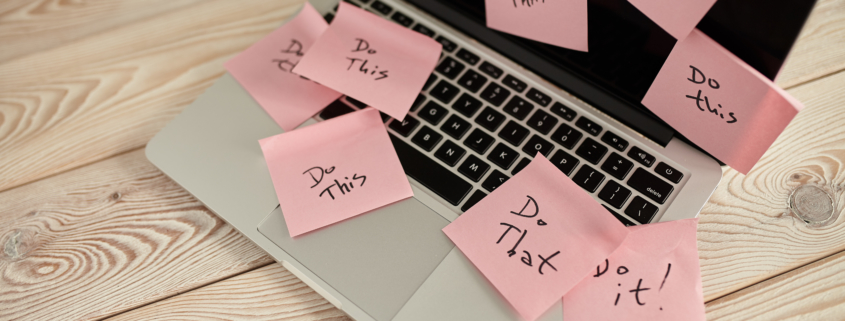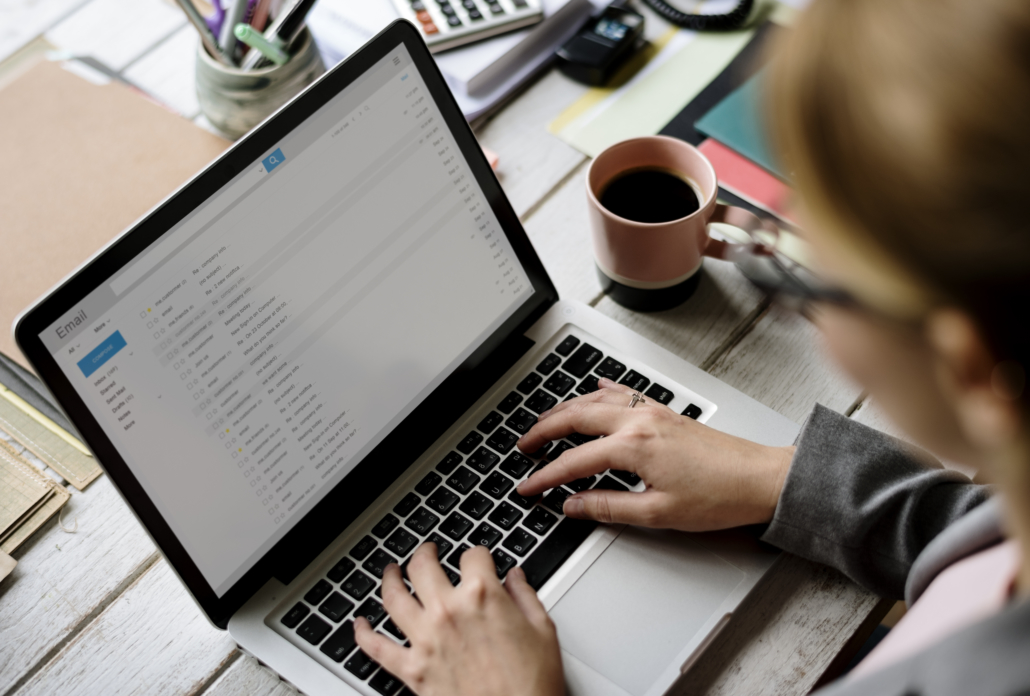Keep an organized inbox and improve your productivity
Feeling overwhelmed by your inbox? Falling behind with your to-do list? Being strategic with your email can improve your productivity and help you get more done.

This year has brought many changes to where we work and how we communicate with co-workers, clients and prospective clients. In the new virtual workplace, staying productive and connected with your team has become even more vital. But one thing that isn’t going away is email.
Prior to COVID, having an overloaded inbox and receiving countless unwanted messages every day was already a top concern. Now, email communication has become even more frequent and can pose a real roadblock for those trying to remain resilient in an uncertain market.
Fortunately, there are a variety of tools and strategies available to help busy professionals declutter their inboxes and get more done throughout the workday. With a clean inbox, you’ll spend less time checking emails and more time working on the things that really matter to you and your business. Ready to improve your productivity? Keep reading!
Check your email regularly — but on a schedule
When your inbox is full, it’s easy to avoid checking your email and dealing with the long list of messages you haven’t seen yet. On the other hand, the first step toward a better email experience is simply making this a regular part of your workday.
Try checking your email roughly three times each day — once in the morning, once at night and once during the day. Give yourself ten or fifteen minutes to respond to any urgent messages or any that you can reply to quickly.
Limiting yourself to a series of quick email sessions makes it easy to notice when unwanted content is taking time out of your busy schedule. It also allows you to turn off notifications and stop being preoccupied with emails throughout the rest of the day.
Mass unsubscribe
As mentioned above, one of the most frustrating parts of having a crowded email inbox is not being able to unsubscribe from all your newsletters at the same time. These messages cause unnecessary clutter and make it more difficult to access the content you’re actually interested in.
Luckily, there are now free and low-cost options available to facilitate mass unsubscribing. The Clean Email tool includes a feature that makes it easy to view all of your email subscriptions in one place and remove yourself from any newsletters you no longer want to receive.
Schedule in-depth replies
While you can typically manage to respond to most emails in a couple of ten to fifteen-minute sessions each day, some messages require a more thoughtful reply. Setting aside time to respond immediately will cut into your workday, so consider adding time to your weekly schedule just for long-form emails.
Two or three days each week should be enough to get to all outstanding emails without feeling overwhelmed. Take time at the beginning or end of these workdays to think carefully and write the perfect reply. Finishing this task all at once at a scheduled time will prevent it from interfering with the rest of your routine.
Set up filters and use folders to stay organized
Organizing incoming content by category is one of the best ways to make managing your inbox easier — and it’s easy to personalize this process based on your own unique needs. A number of inbox management tools provide features to automatically filter future emails, taking this tedious work out of your hands.
Start by designing your own rules for incoming emails, then apply them to future content. From there, you’ll be able to quickly scan each category without having to dig through unrelated or unwanted content.
Have a plan for each email
With these strategies in mind, you should be able to categorize each email as soon as it comes in. The longer you leave incoming messages without a response or filter, the harder it gets to come back to those messages later in the week.
Instead, group each email into one of three categories. First are the unimportant emails you can archive or delete immediately — this includes anything you don’t need to respond to right now (or ever). Next are those that you can manage with a quick reply, which you should always do immediately. Finally, the more in-depth messages mentioned earlier should be moved to a separate folder with a firm response deadline. This gives you a plan for each email as soon as you receive it.
Managing your inbox can be confusing and time-consuming, but cleaning up your email can be surprisingly simple. Just remember that having a strategy for managing emails will help to improve your productivity and is worth the investment.
Ready to take the next steps towards re-engaging your contacts in the new virtual world? Read these top tips.
At Liquid Capital, we understand what it takes for small, medium, and emerging mid-market businesses to succeed – because we’re business people ourselves. Our company is built on a network of locally owned and operated Principal Offices, so whenever you’re talking to Liquid Capital, you’re talking directly to your funding source and a fellow business person. Learn more about the Liquid Capital Difference.







